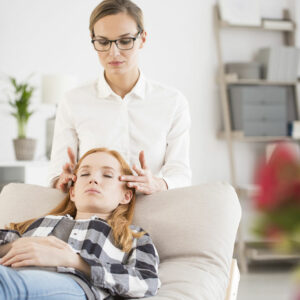
01
6 foods to have for healthy and glowing skin
There are plenty of face creams and products to make your skin healthy and glowing. But beautiful and healthy skin comes with the right nourishment. The human body is constantly shedding old cells and replacing them with new ones. To support this process, a supply of essential minerals is important. This comes with eating the right kind of food. Here’s a list of five foods that will keep your skin healthy and glowing. Bananas Bananas are a great food source to get healthy, glowing, and oil-free skin. They are rich in potassium and vitamins E and C, which are known to give glowing skin. These compounds are powerful exfoliators and help remove excess sebum from the surface of your skin. Bananas also help treat acne. Apply the inside of the peel onto the acne to destroy harmful bacteria and reduce inflammation. Fish Fish like salmon, mackerel, and herring are rich in omega-3 fatty acids that help keep the skin blemish-free and supple. They help fight inflammation and reduce dryness, redness, and acne. Sardines, on the other hand, are excellent sources of vitamin B12 that play a major role in skin cell reproduction. Avocados Avocados are full of healthy fats and vitamin E. The latter regulates inflammation, rejuvenates skin, and improves the production of new skin cells. Avocados prevent the skin from oxidative damage caused by harmful rays of the sun and a harsh environment. Sweet potatoes Sweet potatoes contain vitamin A, which is known to reduce the production of sebum and acne. This vegetable also contains beta carotene, a natural skin block. Carotene protects the skin from sunburns and cell death and adds a warm orange color, enhancing the skin’s glow. Broccoli Broccoli contains a carotenoid called lutein that works just like beta carotene. It prevents oxidative damage, keeping the skin healthy and wrinkle-free.
Read More 










